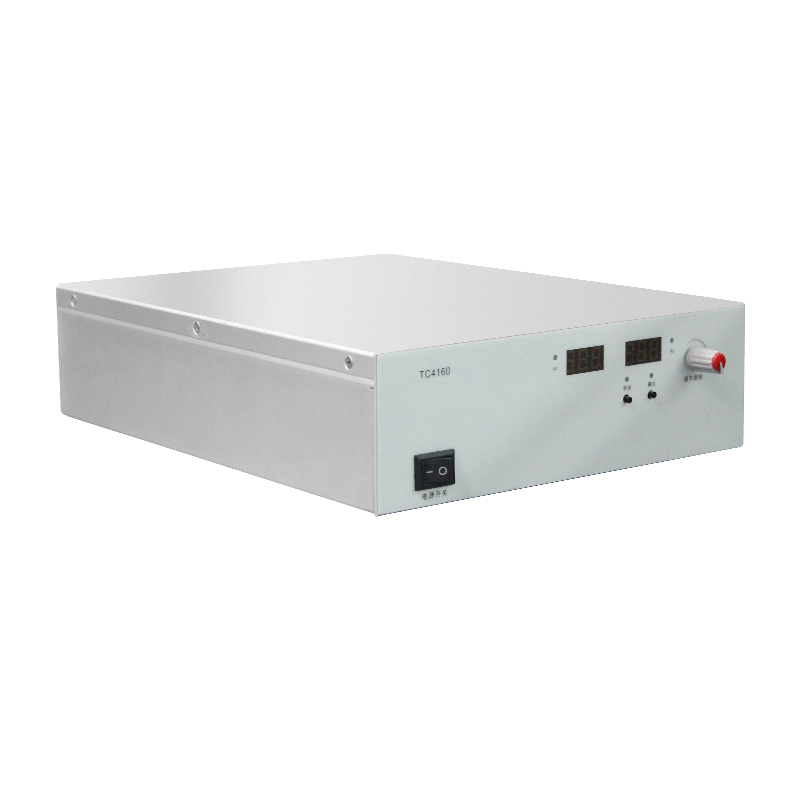Application and Optimization of High Voltage Power Supplies in Chemical Analysis
Introduction
As a core component of modern analytical instruments, high voltage power supplies (HVPS) play a pivotal role in mass spectrometry, electrophoresis, spectroscopy and other chemical analysis techniques. Their output characteristics directly affect analytical sensitivity, resolution and repeatability. With analytical science advancing toward higher precision and faster speeds, HVPS performance optimization has become crucial for enhancing overall instrument performance. This article systematically explores recent progress in HVPS for chemical analysis from three dimensions: application scenarios, technical challenges and optimization solutions.
1. Typical Application Scenarios
1. Mass Spectrometry Systems
In time-of-flight mass spectrometry (TOF-MS), the stability of 10-30kV acceleration voltage directly impacts ion flight trajectories and detection accuracy. Studies show that when voltage fluctuation is below 0.01%, mass resolution can exceed 50,000. Quadrupole mass spectrometers require HVPS with microsecond-level switching capability for fast scanning in multiple ion monitoring modes.
2. Capillary Electrophoresis
Electrophoretic separation requires 1-30kV adjustable high voltage, where electric field uniformity determines separation efficiency. In high-performance capillary electrophoresis (HPCE) systems, precision HVPS with closed-loop control can limit migration time deviation to within 0.1%, significantly improving quantitative analysis accuracy.
3. X-ray Spectrometers
X-ray tubes demand 40-60kV HVPS whose ripple coefficient directly affects characteristic X-ray monochromaticity. When ripple is below 0.05%, energy resolution can be optimized to under 130eV, meeting trace element analysis requirements.
2. Key Technical Challenges
1. Microcurrent Precision Control
Mass spectrometry ion sources typically operate at nA-level currents, requiring stable current regulation under high voltage output. Traditional solutions suffer from leakage current interference, necessitating triple-shield structures and low-drift components to control noise at pA levels.
2. Fast Dynamic Response
LC-MS coupling technology requires HVPS to achieve 5kV step response within 1ms with overshoot below 0.5%. This demands digital predistortion technology combined with GaN power devices.
3. Multi-channel Synchronization
Imaging mass spectrometers require 8-16 synchronized high voltage channels with inter-channel delay below 10ns. Distributed architecture and optical synchronization technology can address timing alignment challenges.
3. Performance Optimization Approaches
1. Intelligent Temperature Compensation
Establishing voltage-temperature transfer function models enables dynamic output correction through real-time temperature monitoring, reducing temperature coefficients below 5ppm/℃.
2. Hybrid Modulation Technology
Combining PWM and pulse-frequency modulation (PFM) with 1-100kHz adaptive switching balances light-load efficiency and transient response.
3. Advanced Insulation Materials
Polyimide-nano alumina composites increase transformer winding withstand voltage by 40% while reducing volume by 25%.
4. Cutting-edge Development Directions
1. AI-driven Parameter Optimization
Machine learning algorithms analyze historical data to automatically identify optimal voltage-current operating points.
2. Wireless Energy Transmission
Developing contactless high voltage power solutions for special scenarios like rotating electrodes.
3. Quantum Standard Traceability
Josephson effect-based voltage standards directly calibrate systems, improving long-term stability by an order of magnitude.
Conclusion
Breakthroughs in HVPS performance continue to expand the boundaries of chemical analysis technology. Future research should deeply explore interdisciplinary areas including materials science, control theory and artificial intelligence to meet emerging demands like single-cell analysis and in situ detection. Experimental data demonstrates that optimized HVPS systems can lower mass spectrometry detection limits by 1-2 orders of magnitude, providing more powerful analytical tools for life sciences, environmental monitoring and other fields.




















